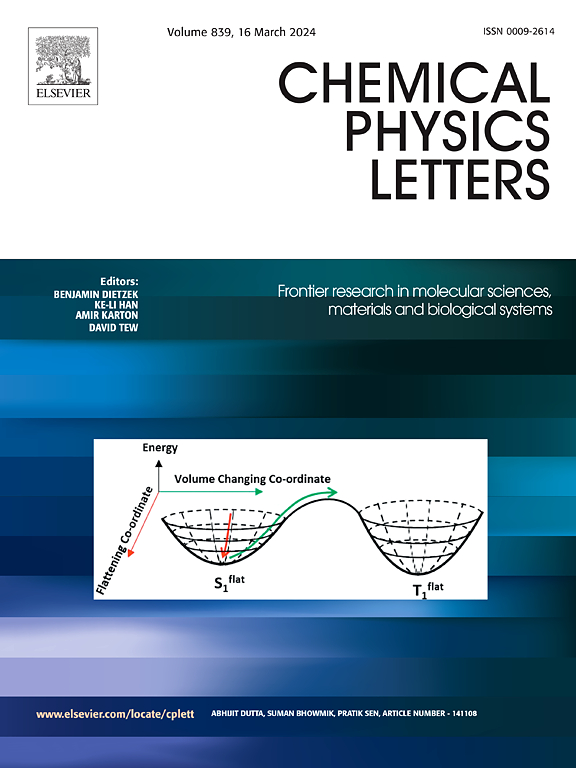First-principles investigations on the elastic properties, thermodynamic properties, electronic structures and anisotropy sound velocity of AlTi3N, AlTi2N, AlTi4N3 and Al2Ti3N2 ternary nitrides
IF 2.8
3区 化学
Q3 CHEMISTRY, PHYSICAL
引用次数: 0
Abstract
Al-Ti-N nitrides have drawn much more interest in recent years. The study used first-principles calculations within density functional theory (DFT) to investigate the physical properties of AlTi3N, AlTi2N, AlTi4N3 and Al2Ti3N2 ternary nitrides. We demonstrated the thermodynamic stability and mechanical stability of AlTi4N3, AlTi2N, AlTi3N and Al2Ti3N2 by the formation enthalpies and elastic constants. According to Poisson's ratio, AlTi3N (0.387) and Al2Ti3N2 (0.307) are ductile, AlTi2N (0.236) and AlTi4N3 (0.135) are brittle. The most anisotropic phase is AlTi4N3, as evidenced by the two-dimensional projection of bulk, shear and Young's modulus and the 3D surface structures. The anisotropy order is as follows: AlTi4N3 > AlTi3N > Al2Ti3N2 > AlTi2N. The hardness of AlTi2N is 15.74GPa, which is the highest among the four nitrides. The hardness of AlTi3N is the lowest, which is 2.38 GPa. Moreover, from the Debye temperature, AlTi2N has the highest Debye temperature, indicating the strongest bond strength and highest hardness. The Gibbs free energy of the material is negatively correlated with temperature. Among these nitrides, Al2Ti3N2 has the smallest Gibbs free energy and has excellent formation ability.

求助全文
约1分钟内获得全文
求助全文
来源期刊

Chemical Physics Letters
化学-物理:原子、分子和化学物理
CiteScore
5.70
自引率
3.60%
发文量
798
审稿时长
33 days
期刊介绍:
Chemical Physics Letters has an open access mirror journal, Chemical Physics Letters: X, sharing the same aims and scope, editorial team, submission system and rigorous peer review.
Chemical Physics Letters publishes brief reports on molecules, interfaces, condensed phases, nanomaterials and nanostructures, polymers, biomolecular systems, and energy conversion and storage.
Criteria for publication are quality, urgency and impact. Further, experimental results reported in the journal have direct relevance for theory, and theoretical developments or non-routine computations relate directly to experiment. Manuscripts must satisfy these criteria and should not be minor extensions of previous work.
 求助内容:
求助内容: 应助结果提醒方式:
应助结果提醒方式:


